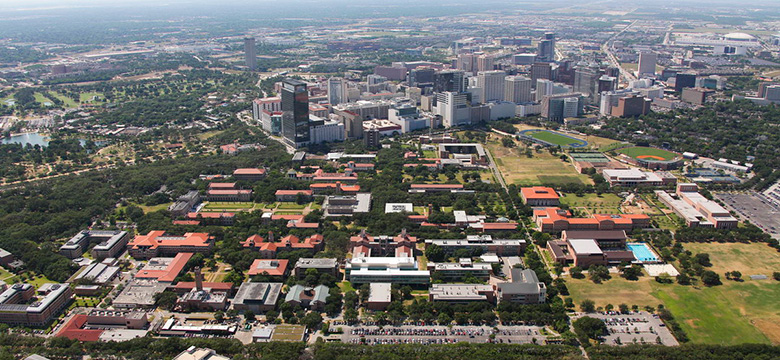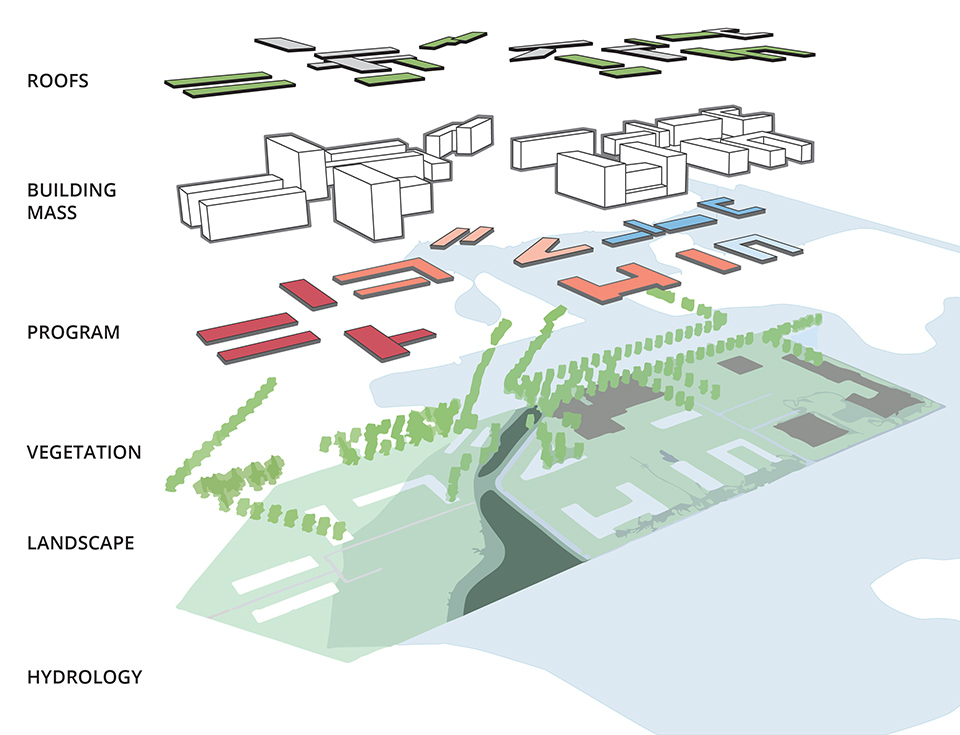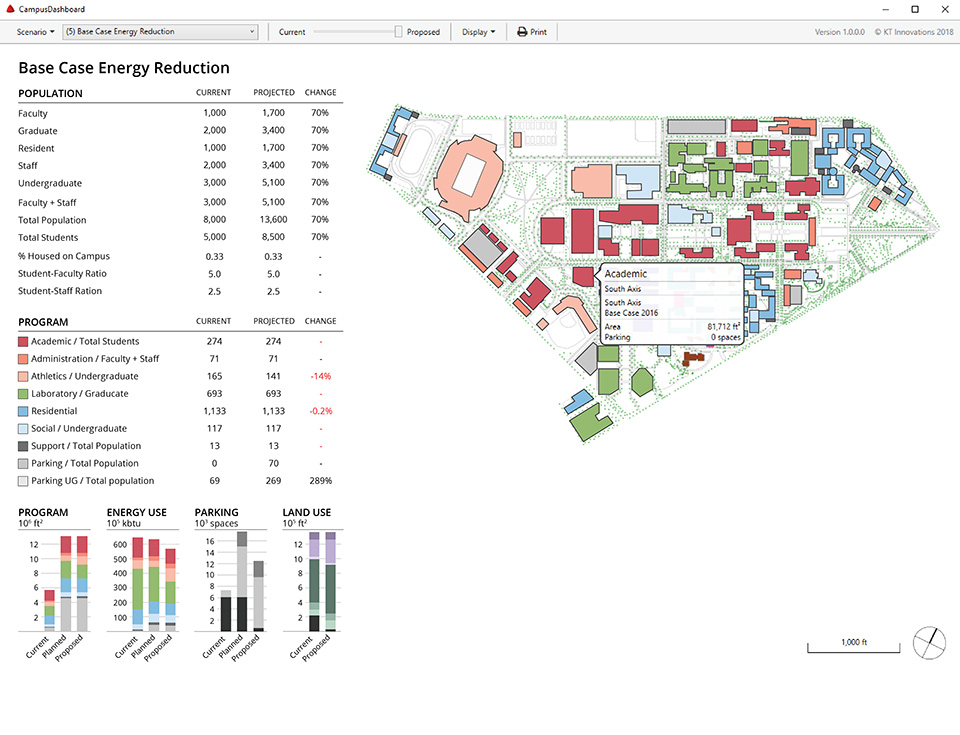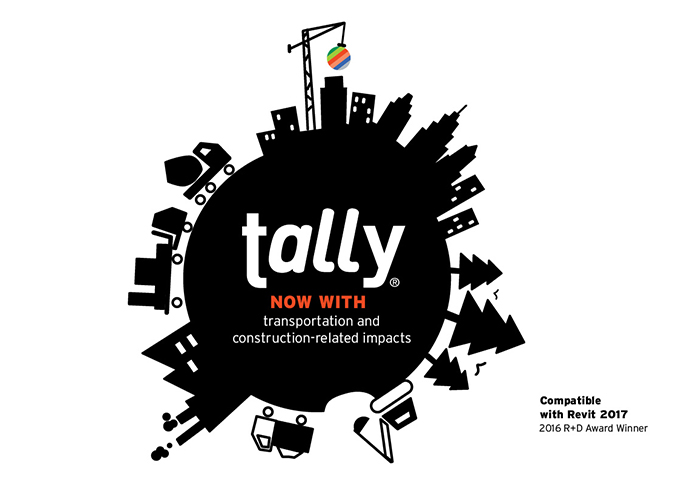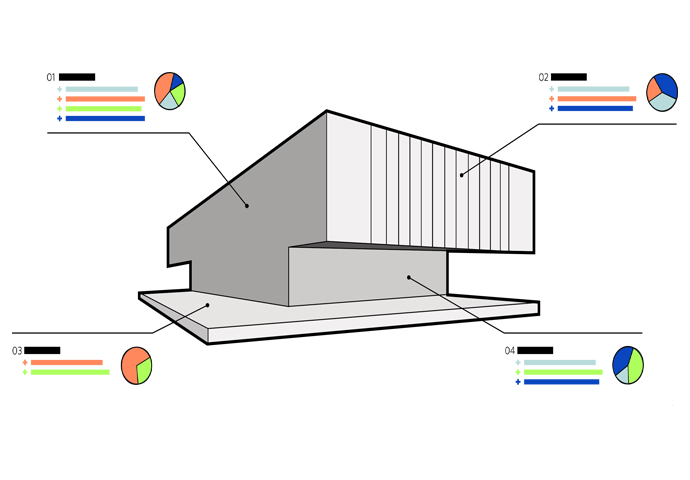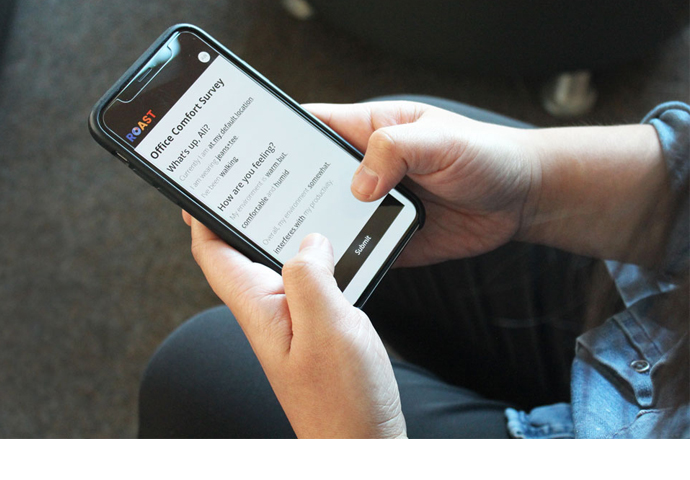How can we create a dynamic master plan that adapts to an unknown future?
Strategic campus development requires holistic and thoughtful planning as well as significant time and resources. These planning efforts usually result in static master plans that, no matter how comprehensive or visionary, feel nearly out of date as soon as they're published due to constantly evolving campus needs and resources.
In response, KieranTimberlake developed the Campus Planning Query, a dynamic campus planning tool that offers a responsive and flexible approach to long-term master planning. The tool helps universities understand, respond, and adapt to anticipated challenges whose specifics are as yet unknown—population growth, land use regulations and requirements, demand for academic and athletic space, environmental and sustainability goals, social and community relationships, and more.
Through the tool's dashboard, university architects and facility management groups can build customizable databases of current and projected population groups and building program types within a 3D digital model of their campus. Planners can then compare different populations with present-day and anticipated building programs to prepare for a range of high-level growth scenarios and calculate how much additional program space will be needed to accommodate new faculty, students, or staff. The dashboard also helps planners evaluate how different build-out scenarios will serve their immediate and long-term needs, making it a valuable tool for building consensus and evaluating proposals from a range of perspectives.
The Campus Planning Query tool allows university planners to adjust the various components of a campus to predict and adapt to changes in population, land use requirements, or demand for athletic or academic spaces.
In addition to letting universities test fit their build-outs, the Campus Planning Query also quantifies how changes to the campus might impact university-wide energy use, a feature that lets institutions with specific energy and carbon goals understand what types of building efficiency and sustainability initiatives are needed to offset new construction projects. Likewise, the tool makes it possible to examine other consequences of growth such as strains on parking facilities and the tradeoffs between surface, structured, and below-grade parking in terms of upfront cost and long-term land use flexibility or open space planning.
The Campus Planning Query dashboard features graphs, charts, and an interactive map that helps planners visualize and evaluate different build-out scenarios.
Ultimately, this kind of dynamic, data-driven approach to campus planning allows planners, architects, and managers to work together to create innovative, rapidly generated master planning solutions that rather, than being instantly dated, grow in value over time.


